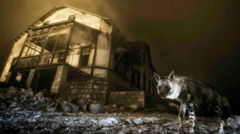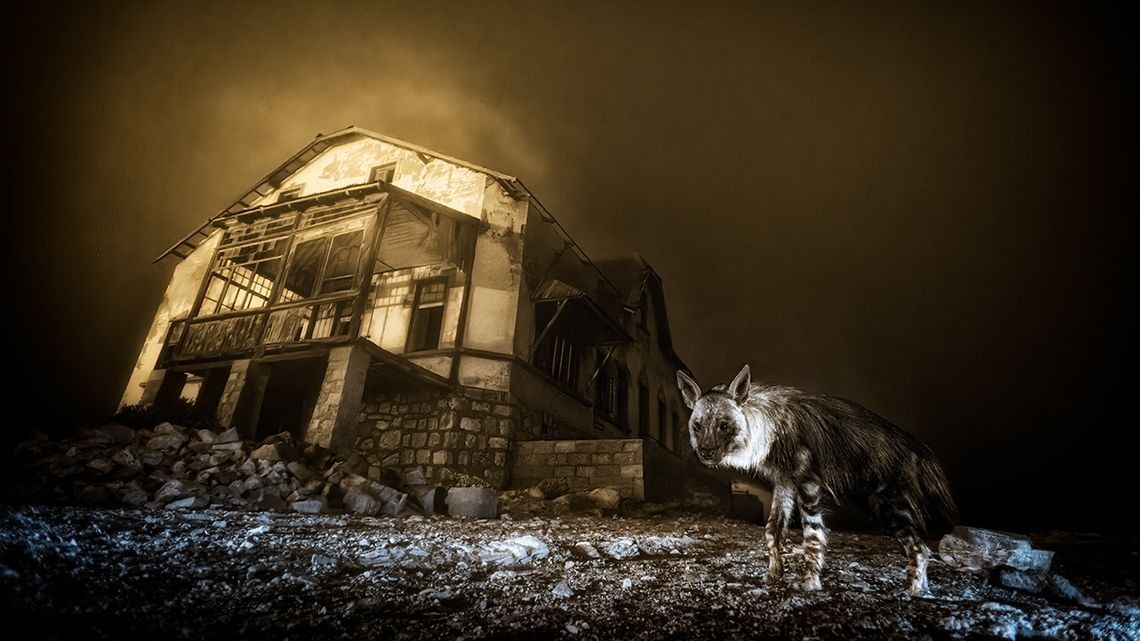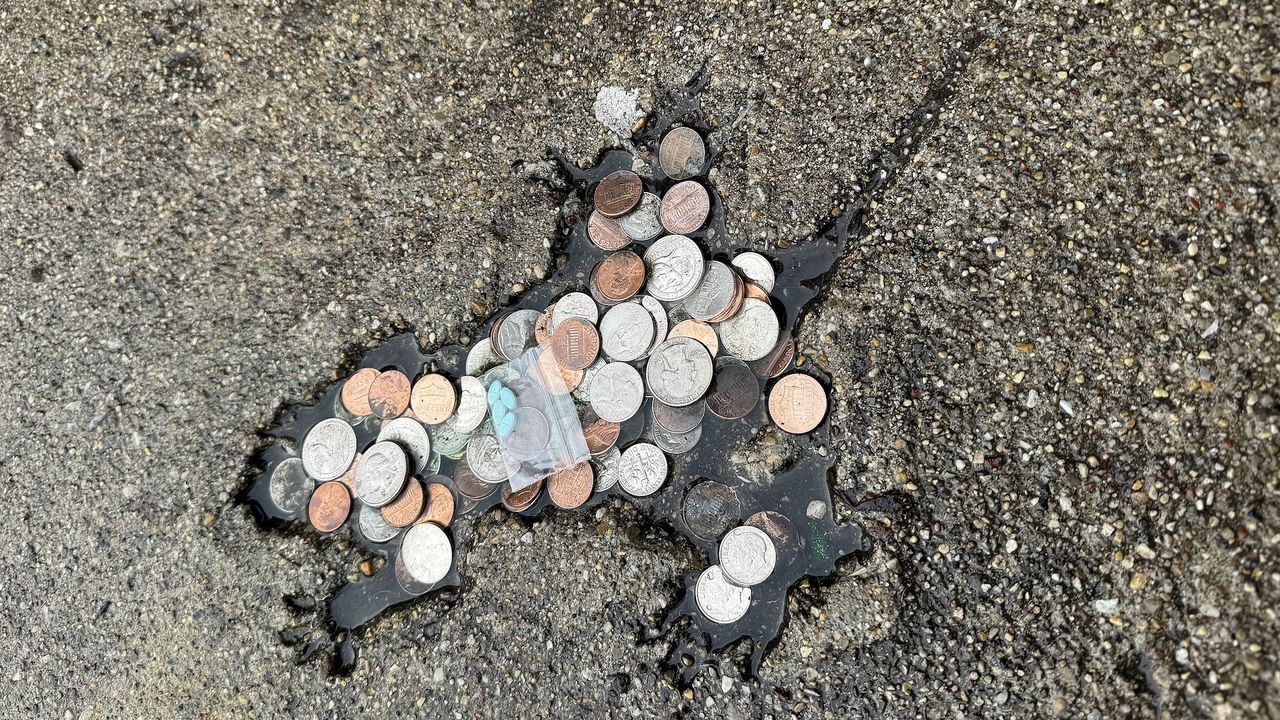Pictured: Winning entries for Wildlife Photographer of the Year 2025
PositiveScience

The Wildlife Photographer of the Year 2025 has crowned Wim van den Heever for his stunning image captured near an abandoned diamond mining settlement. This recognition not only highlights the beauty of wildlife but also raises awareness about the impact of human activities on natural habitats. It's a reminder of the delicate balance between nature and industry, making it a significant moment for conservation efforts.
— Curated by the World Pulse Now AI Editorial System





